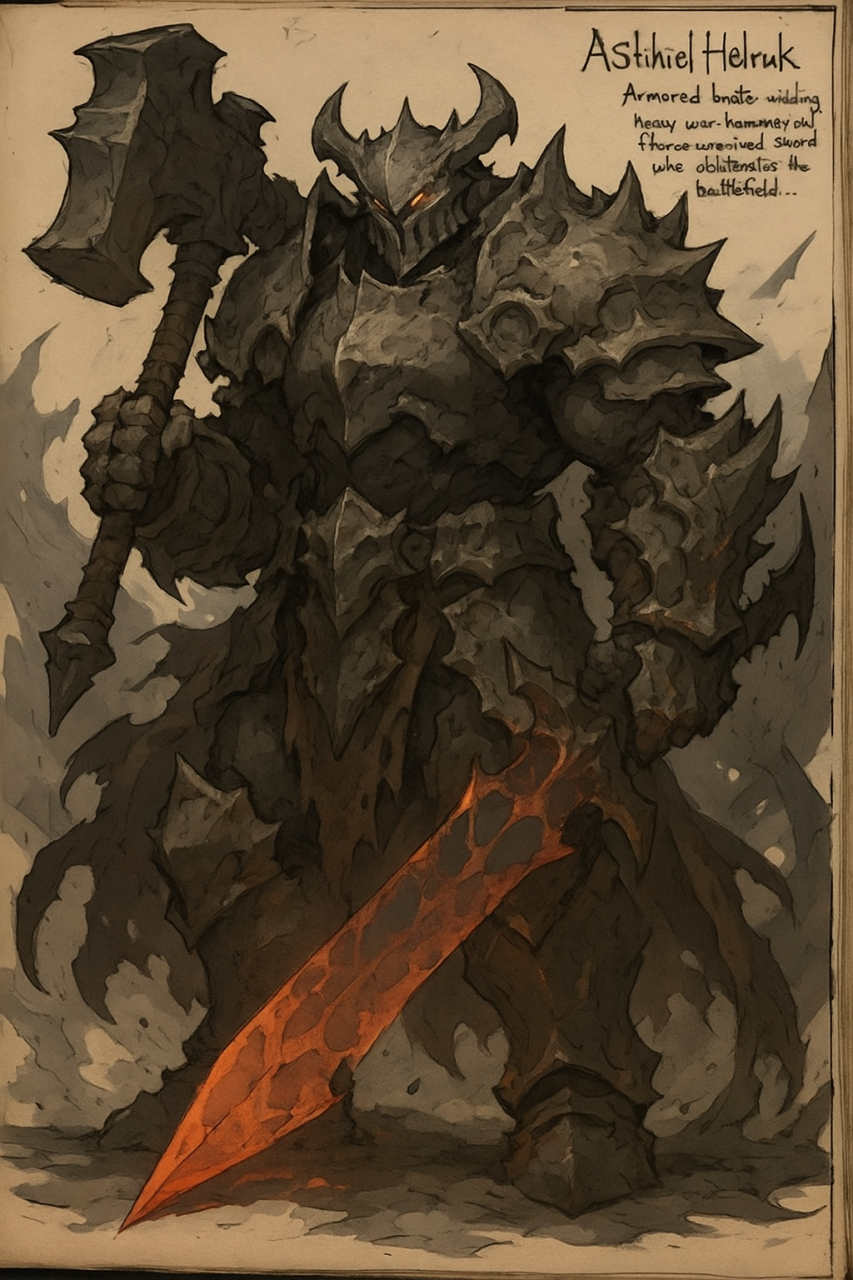For the entire history of video games, character interaction has been a closed loop. We, the players, have been exploring intricate, hand-crafted worlds populated by characters whose entire existence could be found within a spreadsheet—a finite set of scripted lines, triggered by a specific action or location. It was a masterful illusion, but an illusion nonetheless. In 2025, that illusion is being replaced by a breathtaking new reality. The age of the scripted NPC is ending. Artificial intelligence is no longer just a tool for improving graphics or enemy behaviour; it now has a voice. AI now writes in-game dialogue.
This is not a far-future prediction or a niche tech demo. It is a paradigm shift happening right now in the development pipelines of both indie studios and AAA giants. Powered by sophisticated Large Language Models (LLMs) and generative frameworks, this technology is creating game worlds that are truly dynamic. Worlds where every character can hold a unique, unscripted conversation. Worlds that remember your actions, your choices, even the clothes you’re wearing, and have their inhabitants react accordingly.
This article provides a deep dive into this disruptive and exhilarating revolution. We will explore the core technology that makes it possible, the immense benefits that are driving its adoption, and the real-world examples that are pioneering its use. We will also confront the significant controversies and ethical questions it raises—from the fear of creative job displacement to the challenge of retaining artistic soul in a world of algorithmically generated words. The script has been thrown away, and what comes next will change interactive storytelling forever.
The Engine of Conversation: How AI Generates Dialogue
To understand the impact of this technology, we must first understand how it works. This isn’t a simple “chatbot” inserting pre-written lines. It’s a multi-layered system that gives NPCs a genuine, dynamic “brain.”
The process begins with Large Language Models (LLMs), the same foundational technology behind advanced virtual assistants and content creation tools. These models are trained on colossal datasets of text and speech, allowing them to understand context, nuance, grammar, and style. In game development, this process is refined into what are being called “Character Models” or “Personality Cores.”
A Character Model is a specialized instance of an LLM that is intensively trained on a specific character’s persona. Developers feed the model every piece of information about that character: their complete backstory, their personality traits (e.g., sarcastic, timid, honourable), their relationship to other characters, their knowledge of the world’s lore, and a curated set of stylistic voice samples.
This creates a digital actor that doesn’t just recite lines, but improvises based on its core identity. When a player approaches this NPC, the game’s engine provides the AI with a set of real-time variables: the player’s current quest status, their reputation, the time of day, recent world events, and the player’s spoken or typed input. The Character Model then generates a unique, contextually appropriate response in real-time. The result is a conversation that is fluid, reactive, and has never been spoken before.
The Promise of Infinite Worlds: Why Studios Are Adopting AI

The shift towards AI-driven dialogue is not a gimmick; it’s a response to the escalating demands of creating vast, immersive open worlds. The benefits are so profound that they are fundamentally altering the economics and creative possibilities of game design.
A. Unprecedented Scale and Reactivity: The primary driver is scale. A game like The Elder Scrolls V: Skyrim contained around 60,000 lines of voiced dialogue, a monumental effort for its time. A next-generation flagship RPG might require ten times that amount to make its world feel truly alive. Manually writing, recording, and implementing a million lines of dialogue is practically impossible. Generative AI solves this problem. It allows developers to create a world with thousands of unique NPCs, each capable of generating their own dialogue. A shopkeeper might comment on the new sword you just equipped, a city guard might mention the dragon you slew yesterday, and a bartender might gossip about a quest you just completed across the map—all without a single line of it being manually scripted for that specific sequence of events.
B. Truly Personalized Narratives: With AI, the narrative can diverge in ways that are impossible with a traditional branching script. A player’s journey becomes genuinely unique. An NPC who is treated kindly by the player might evolve from a generic citizen into a trusted friend, offering unique quests and information based on that organically developed relationship. Conversely, an NPC who is wronged might hold a grudge, spreading negative rumours or even hiring thugs to attack the player. The story ceases to be a path laid out by developers and becomes a tapestry woven by the player’s own actions and interactions.
C. Living, Breathing Characters: AI allows for characters with persistent memory. They remember past conversations and build upon them. You can return to a village after weeks of in-game time and have its inhabitants ask you about the adventures you’ve had. This creates an unparalleled sense of a living world—a place that evolves alongside the player, rather than a static diorama that simply resets once the player leaves.
D. The Economic and Development Realities: While the initial investment in the technology is high, the long-term economic benefits are undeniable. It drastically reduces the person-hours required for writing side-quest dialogue and ambient conversations, freeing up the core narrative team to focus on the main story’s high-impact moments. This allows studios, particularly smaller indie teams, to create worlds with a scale and depth of interaction that would have previously required a budget of hundreds of millions of dollars.
In the Wild: Pioneers of Generative Dialogue
This technology is already moving from theory to practice. Several titles, now in advanced development or early access in late 2025, are being built around this framework.
Case Study 1: The Indie Darling – “Vigilance: The Neon Sins” From a small studio called “Chrono-Synth,” Vigilance is a cyberpunk detective game that has become the poster child for AI dialogue. The entire game is a single, sprawling city block, but its depth comes from its inhabitants. Every citizen is a potential witness, powered by a Character Model. Players use their real voice to interrogate them, and the AI responds with unique information, lies, or evasions based on its personality and knowledge of the crime. The game’s lead designer noted that this allows for a truly “unsolvable” mystery, as the AI can generate new clues and red herrings on each playthrough, creating near-infinite replayability.
Case Study 2: The AAA Behemoth – “Project Odyssey” While the studio remains tight-lipped, industry insiders have confirmed that a major fantasy RPG, codenamed Project Odyssey, is using a hybrid AI model. The game’s critical path—the main story—is still penned by a team of veteran writers to ensure cinematic quality and narrative focus. However, every other character in its massive open world is AI-driven. This includes side-quest givers, faction leaders, and the thousands of ambient citizens. This approach gives them the best of both worlds: a tightly controlled, high-impact central story, surrounded by a world of seemingly endless, dynamic reactivity.
The Ghost in the Machine: Controversy and Concerns

The rapid adoption of generative AI has, unsurprisingly, ignited a firestorm of debate within the industry. While the potential is clear, the concerns are significant and valid.
The Job Displacement Fear: The most immediate concern is for the writers, narrative designers, and voice actors who have built careers on crafting game stories. The fear is that studios will see AI as a way to cut costs by replacing human talent. The counter-argument from proponents is that the role of the writer is not being eliminated, but elevated. The job is shifting from “dialogue writer” to “narrative director” or “AI trainer.” These new roles involve creating the character personas, setting the stylistic guidelines, curating the AI’s output, and writing the high-level story beats that the AI then populates. It’s a move from bricklayer to architect, but it’s a transition that is causing considerable anxiety.
The Problem of “Soul” and Homogenization: Can an algorithm truly understand subtext, irony, pathos, or comedic timing? A major risk is that AI dialogue, trained on vast but generic datasets, will feel bland and soulless. LLMs are designed to generate statistically probable outcomes, which can lead to cliché and predictability. Without careful human curation, game worlds could become filled with NPCs who talk plausibly but have nothing interesting or memorable to say. The unique, quirky, and intentionally awkward character writing that defines many beloved games is difficult for a machine to replicate.
Technical and Quality Hurdles: The challenge of quality assurance (QA) is immense. How do you test a game with a near-infinite number of conversational possibilities? What prevents the AI from generating dialogue that is nonsensical, breaks the established lore, or is even offensive? Developers are creating powerful filtering systems and “lore guardians”—secondary AIs that fact-check the generative AI in real-time—but the risk of bizarre or inappropriate content making it to the player remains a significant technical hurdle.
Conclusion: A New Chapter in Storytelling
The rise of AI-driven dialogue is the most significant evolution in interactive narrative since the advent of 3D graphics. It represents a fundamental move away from the static, pre-written world and towards the truly dynamic, emergent simulation that has long been the holy grail of game design. The technology is here, and its capabilities will only grow more sophisticated.
However, its success will not be measured by the quantity of the words it generates, but by their quality. The future does not belong to studios that use AI to replace their creative teams, but to those who use it to empower them. The best stories of the coming generation will be born from a new kind of collaboration—a partnership between the human author, who provides the vision, the soul, and the intent, and the artificial intelligence, which provides the scale, the memory, and the reactivity. We are at the dawn of a new era of storytelling, one where the worlds we explore will finally be able to talk back.












